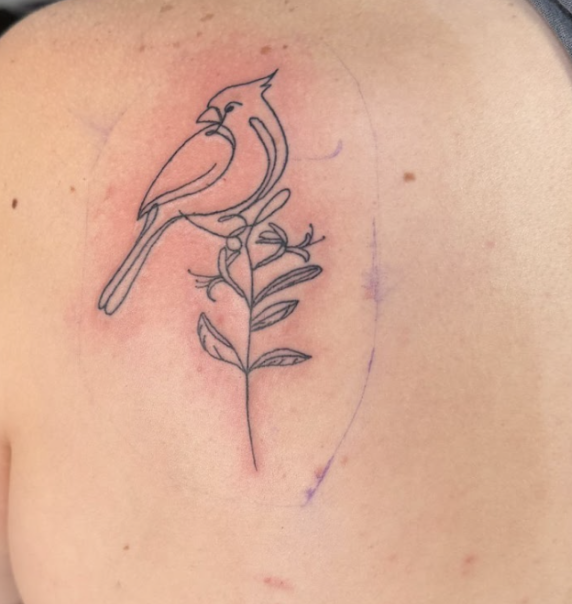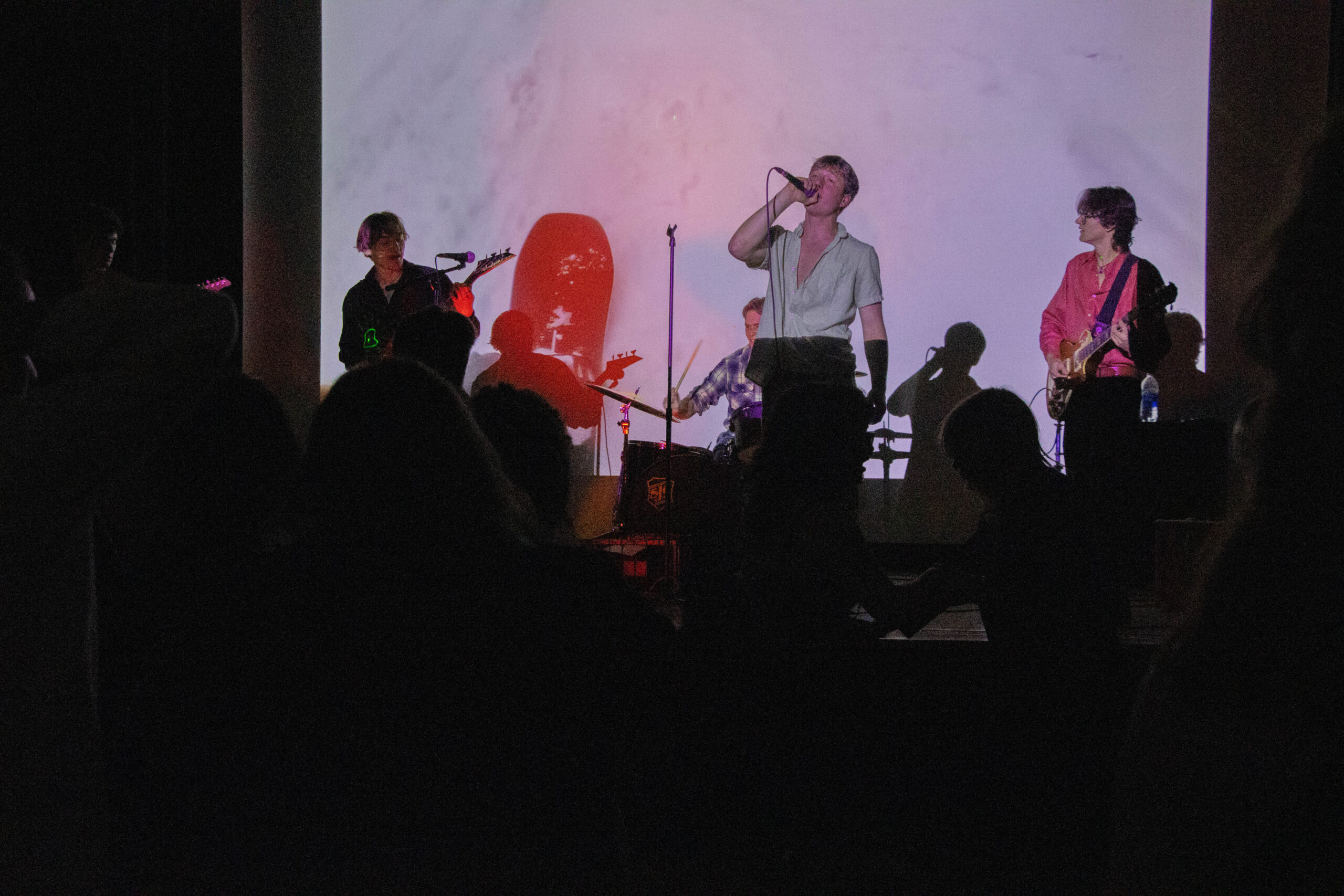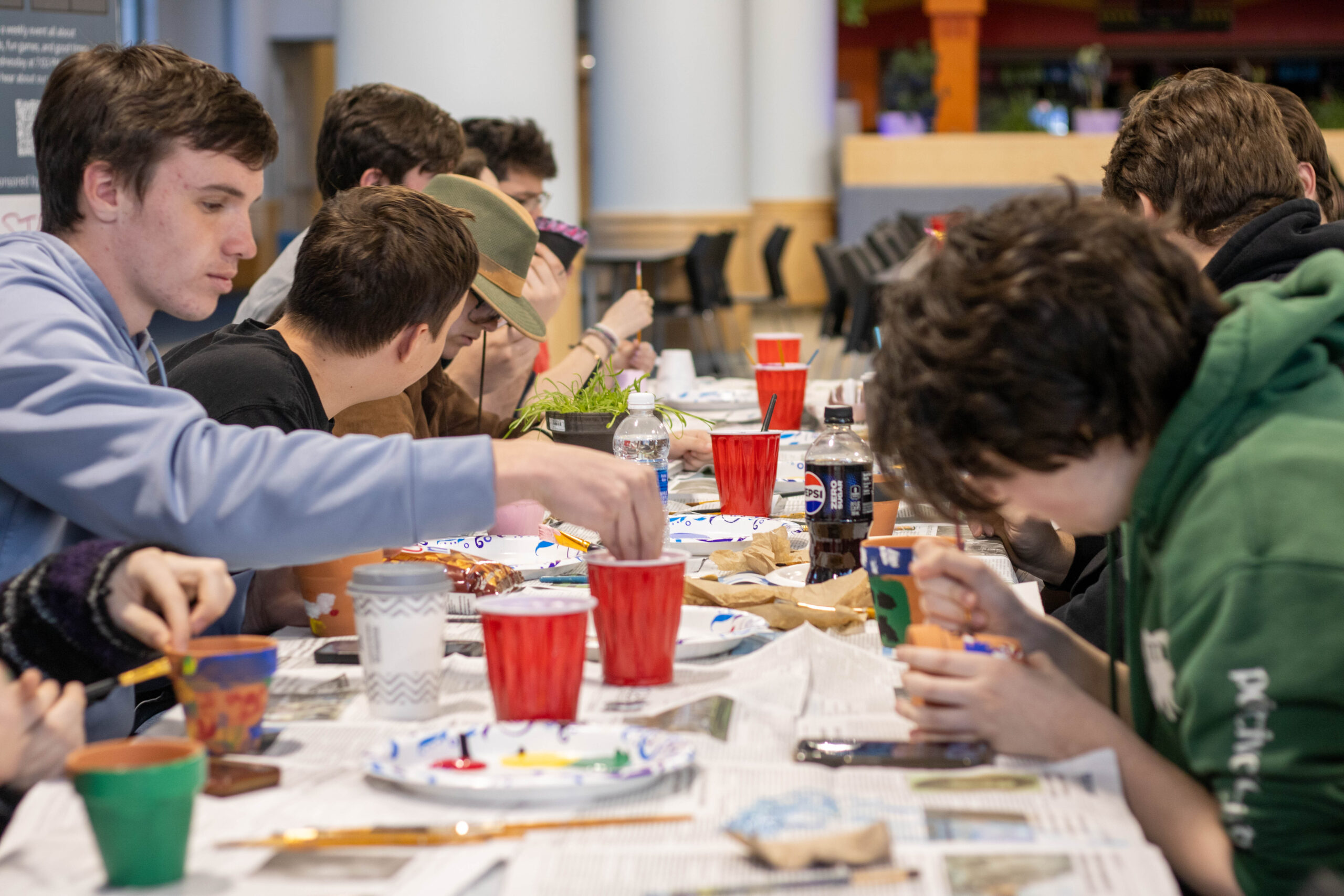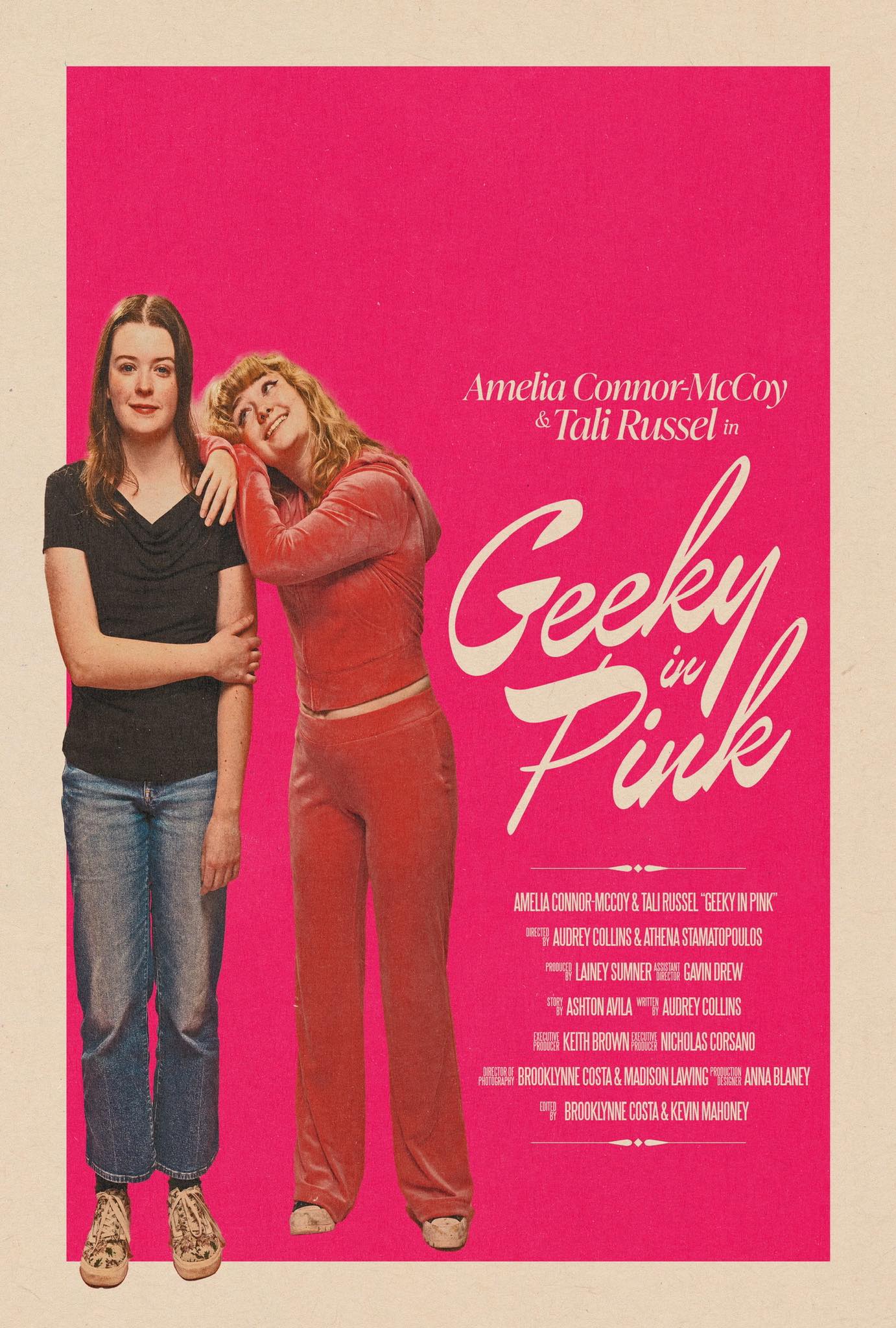As part of Black History Month, the University of Rhode Island Fine Arts Center’s main gallery is showcasing “Invisible Bodies, Disposable Cloth: Rhode Island and Slavery, 1783-1850s,” now until Feb. 18.
“Invisible Bodies” highlights the interwoven history of slavery and the Rhode Island textile industry. The exhibit is the collaborative work of a Rhode Island artist, a historian, and University Professors.
Deborah Baronas, a Barrington resident, was invited by the URI art faculty to be a resident artist for the exhibit. She drew from books and writings for her inspiration. She was asked to create the exhibit because of her past work in the textile industry. Baronas created mostly anonymous faces, but added expressions to a few of the figures. “[They] draw you in and I like that they make you feel a part of the story…to feel that you were there or that you were experiencing the presence,” she said in an interview with The South County Independent.
Robert Dilworth, an art professor at the university was a central organizer for the show, along with Karen de Bruin, an associate professor of languages. “We wanted the story to be told on cloth, and through cloth,” Dilworth said in the same interview with The Independent. “It was not just important to be visually stunning, [but] also important for it to be historically accurate.”
When you enter the gallery you have the option of going left or right to explore the exhibit. If you go to the left side of the exhibit it highlights Rhode Island’s history of textiles and the slave trade. You walk past drawings of workers and charts tracking slave trading and ships travelling overseas. The right side of the gallery has features about slavery in the South of the United States. Students helped to create large portraits of workers displayed on muslin, a rough brown fabric that is partially transparent, creating the feeling of “invisible bodies.”
Peter Fay, a historian who did all of the exhibit’s research, and History Professor Marcus Nevius helped to create the narrative for the installation. Fay had done research for the installment since last summer. Newport was once a dominant slave port in the country, according to Fay.
Rhode Island’s textile industry continued to profit from slave labor well after Emancipation, this is no secret to many who are well versed in the state’s history. The state of Rhode Island legalized enslavement in 1703. One hundred years later the United States Congress passed a federal law which banned the international slave trade in 1807, but Rhode Island did not outlaw slavery in the state for another 34 years. The exhibit, of course, focuses on the years between 1783 and 1850. This was a strong period of slave trade and labor for the textile industry.
Baronas explained their choice to put the figures on fabric to The Independent. “We chose to put them on fabric because, No. 1, in the North, [former] slaves worked in the mills, [and second] there is this relationship between the South and the North in terms of textile mills: they pick it, we weave it, they sell it,” Baranos said. “We chose to put certain pieces on fabric to tie the story of the cotton [and] fabric business.”
The exhibition uses large printed historical documents, images, artifacts and multimedia installations to highlight “the interdependence of our country’s economy and its intrinsic links with the institution of slavery, and the international and domestic slave trades,” according to the URI events page.
Connected to the display, Christy Clark-Pujara, author of “Dark Work: The Business of Slavery in Rhode Island,” will meet with URI Women and Gender Studies students in the Galanti Lounge of the Carothers Library and Learning Commons on Friday, Feb. 17, from 11 a.m. to noon.This will be followed by lunch and a student conversation with the author facilitated by Earl N. Smith III, assistant dean of the College of Arts and Sciences, from 12:15 to 1:15 p.m.
From 4 to 5 p.m. there will be a guided tour of the gallery exhibit. The program also includes a talk by Clark-Pujara at 6 p.m.





